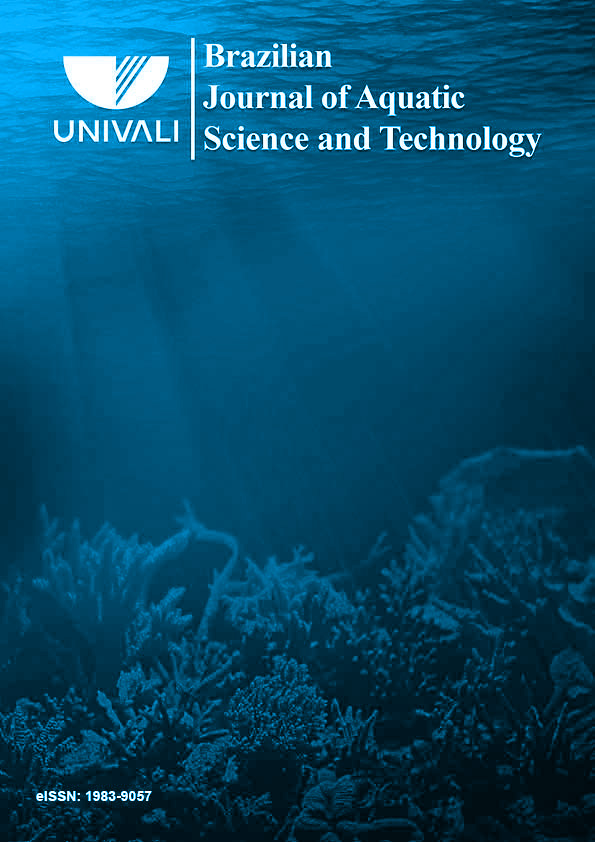

Microscopy technique is traditionally employed for assessing phytoplankton taxonomy. However, chemical approaches, such as the identification of biomarker pigments, allow to elucidate microalgae groups more quickly, in addition to detecting these valuable compounds. This study aimed to identify the pigment profile of microalgae species and to determine the seasonal pigment fluctuation in a marine mussel farm. Water samples were collected periodically between the years of 2014 and 2015. Phytoplanktonic organisms were isolated and cultivated in f/2 liquid medium under controlled temperature and light cycle. Cell content extracts from each unialgal culture and water sample were analyzed by High Performance Liquid Chromatography (HPLC). Pigment profiles of 13 marine microalgae strains were identified (12 Diatoms and 1 Dinoflagellate). Chlorophyll a and fucoxanthin were most present in Diatoms, while peridinin was the major carotenoid in Prorocentrum micans. Bacillariophyceae had higher density in the summer and fall. Dinophyceae, Cryptophyceae, Euglenophyceae, Prasinophyceae, Dictyophyceae and Ebriidea, had an increase in density during winter and spring. Following the trend of phytoplankton groups, pigments such as fucoxanthin, zeaxanthin, diadinoxanthin, chlorophyll c3 and c2, were identified throughout the year. Prasinoxanthin, peridinin, dinoxanthin and antheraxanthin were identified in samples collected during winter and spring.






Environmental Sciences, Aquatic and Coastal Environments.
BJAST adopts the policy of continuous publication of articles. Therefore, whenever a manuscript is approved for publication, it will be immediately available for reading.

